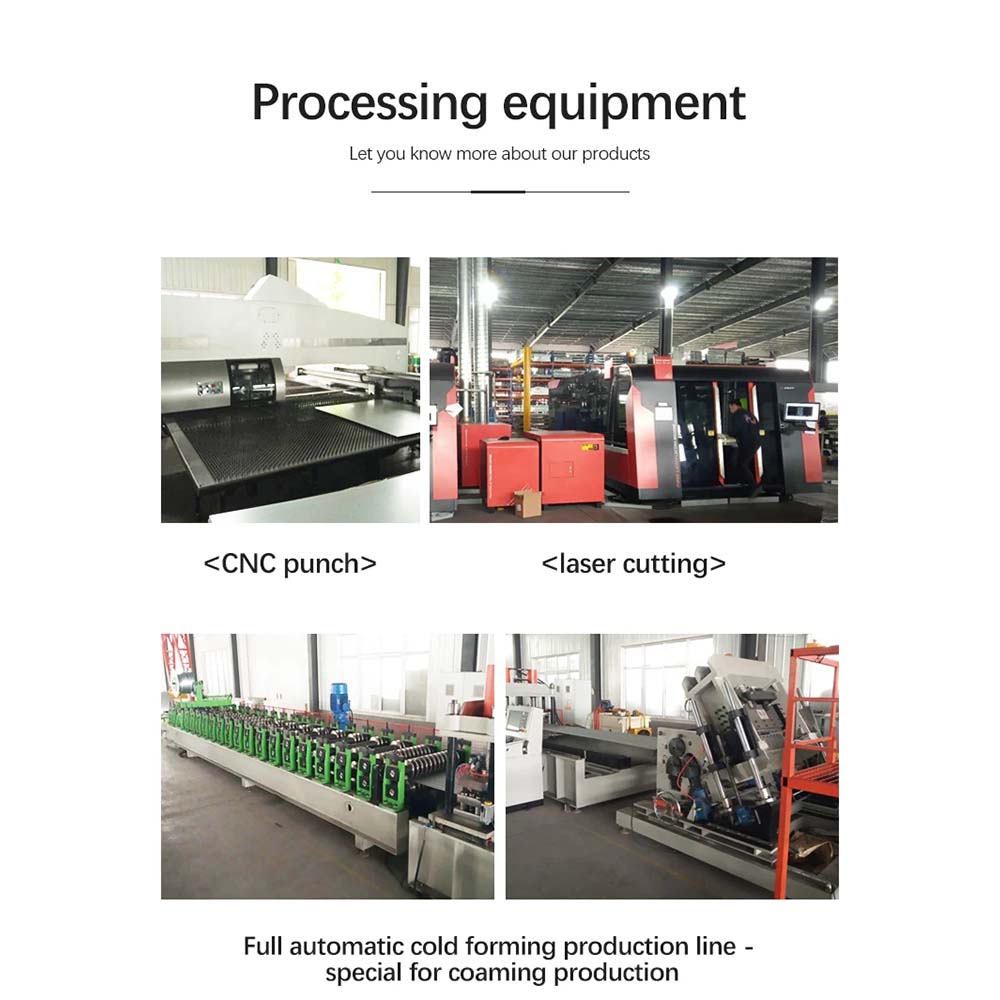poultry farm cage
Nov . 11, 2024 15:44 Back to list
poultry farm cage
The Importance of Cage Systems in Poultry Farming
Poultry farming is a critical component of the global agricultural industry, providing a significant source of protein for billions of people worldwide. As the demand for chicken, eggs, and other poultry products continues to rise, so does the need for efficient farming practices. One of the most debated aspects of poultry farming is the use of cage systems, specifically in the rearing of laying hens. This article will delve into the advantages and concerns associated with poultry farm cages, exploring their role in modern agriculture.
Efficient Space Utilization
One of the primary benefits of cage systems in poultry farming is the efficient use of space. Cages allow farmers to maximize the number of birds raised in a limited area, which is particularly beneficial in regions where land is scarce. Each hen is provided with a designated space that minimizes the risks of overcrowding and extensive land use. By optimizing space, farmers can not only increase productivity but also reduce costs associated with land rental and maintenance.
Health and Biosecurity
Cage systems can also contribute to better health and biosecurity within poultry farms. By confining birds in cages, farmers can more easily monitor their health and well-being. This arrangement reduces the likelihood of disease transmission, which is a significant concern in free-range systems where birds can come into contact with wild animals and other pathogens. The controlled environment of cages allows for improved management of vaccination schedules, nutritional needs, and general husbandry practices.
Improved Egg Quality and Production
poultry farm cage

Research indicates that hens raised in cage systems tend to produce a more consistent quality of eggs compared to those in free-range systems. The controlled environment of cages allows for the regulation of lighting, temperature, and feed quality, contributing to optimal egg production. Additionally, cages can decrease the risk of broken eggs, as the hens are less likely to step on or damage their eggs in a confined space. This not only enhances the economic efficiency of poultry operations but also meets consumer demands for higher quality products.
Animal Welfare Considerations
Despite the advantages, the use of cages in poultry farming raises significant animal welfare concerns. Critics argue that cage systems restrict natural behaviors such as nesting, foraging, and social interactions. The confinement can lead to stress and frustration among birds, resulting in health and behavioral issues. As consumer awareness regarding animal welfare grows, many poultry farms are seeking alternatives to traditional cage systems, such as enriched cages or free-range systems, which provide hens with more space and opportunities to exhibit natural behaviors.
Innovations and Alternatives
In response to the criticisms associated with conventional cages, the poultry industry is continually innovating to promote animal welfare while maintaining efficiency. Enriched cages have emerged as a potential compromise, incorporating features like perches, nesting boxes, and scratching areas, allowing hens more freedom of movement while still providing some of the benefits of traditional cages. Moreover, advancements in technology, such as automated feeding and monitoring systems, can enhance overall productivity without compromising animal welfare.
Conclusion
Cage systems in poultry farming represent a complex interplay between efficiency, productivity, and animal welfare. While they offer significant advantages in terms of space utilization, health management, and egg quality, the ethical implications cannot be ignored. As the poultry industry evolves, balancing these factors will be crucial for sustainable farming practices that cater to both consumer demands and animal welfare standards. The future of poultry farming lies in finding innovative solutions that respect the needs of the birds while meeting the ever-growing demand for poultry products. By addressing the concerns surrounding cage systems and exploring viable alternatives, the industry can work towards a more ethical and sustainable approach to poultry farming.
-
Automatic Feeding Line System-Pan Feeder Nipple Drinker|Anping County Yize Metal Products Co., Ltd.
NewsJul.29,2025
-
Hot Sale 24 & 18 Door Rabbit Cages - Premium Breeding Solutions
NewsJul.25,2025
-
Automatic Feeding Line System Pan Feeder Nipple Drinker - Anping County Yize Metal Products Co., Ltd.
NewsJul.21,2025
-
Automatic Feeding Line System Pan Feeder Nipple Drinker - Anping County Yize Metal Products Co., Ltd.
NewsJul.21,2025
-
Automatic Feeding Line System - Anping Yize | Precision & Nipple
NewsJul.21,2025
-
Automatic Feeding Line System - Anping Yize | Precision & Nipple
NewsJul.21,2025






